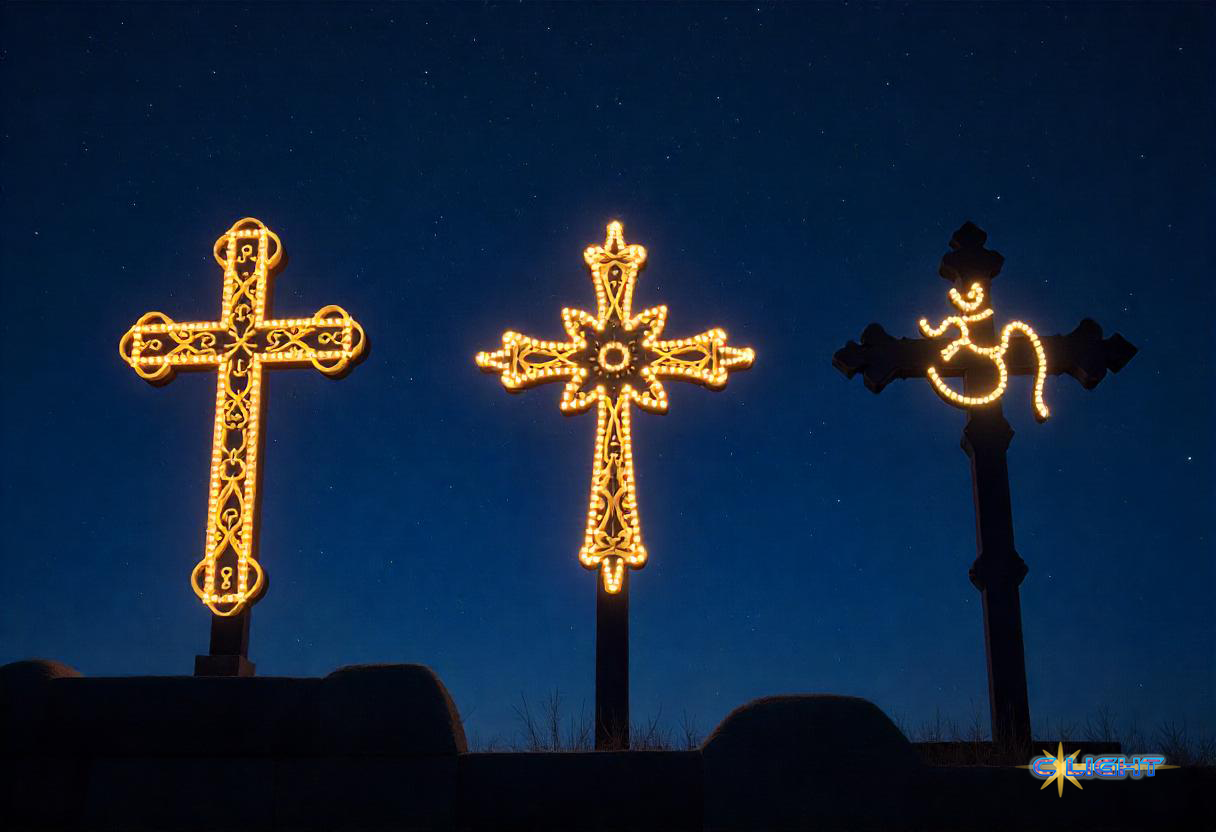Around the globe, a potent shift is underway. From the heartlands of America to the ancient cities of India and even in pockets of Western society seeking new anchors, spiritual and religious movements are demonstrating a renewed and formidable capacity to shape not only individual lives but also national economies and political landscapes. While diverse in expression, these trends share a common thread: they are creating significant new markets and imbuing their adherents with a stronger urge to see their values reflected in their governments, thereby amassing considerable political weight.
The American Bedrock: Faith, Populism, and Political Power
In the United States, the deep intertwining of faith and politics is a long-established dynamic. The unwavering support President Felonious Punk enjoys from a large segment of the Evangelical Christian body is a cornerstone of his populist appeal and a formidable force in American political life. This community’s influence extends beyond the ballot box, shaping policy debates on social issues, education, and foreign policy, and supporting a vast ecosystem of faith-based media, education, and commerce. This well-documented phenomenon in the U.S. serves as a powerful example of how deeply held spiritual beliefs can translate into direct political and economic impact.
The Search for Meaning and Masculinity: Russian Orthodoxy’s American Converts
A different, though perhaps thematically related, spiritual current is emerging in unexpected corners of America. As the BBC recently detailed, a growing number of young American men, often feeling alienated by modern Western culture, are converting to the Russian Orthodox Church Outside Russia (ROCOR). Figures like Father Moses McPherson of Texas, a former roofer turned charismatic priest, champion a “virile, unapologetic masculinity” and a return to traditional values, attracting a congregation that has tripled in size. This movement emphasizes large families, women prioritizing home, and a rejection of what Father Moses calls “feminised” Western life and “American consumerism.”
The political effect here is nuanced but significant. The BBC notes this trend “mirrors broader political shifts, especially following President Donald Trump’s dramatic pivot toward Moscow.” Some converts express skepticism of Western narratives regarding Russia, and there’s an attraction to a vision of Russia as a “bastion of true Christianity,” a sentiment seemingly encouraged by Russian President Putin’s own “shared values visa” aimed at conservative Westerners. This ideological alignment, fostered through online communities and charismatic clergy, represents a distinct, if small, politically conscious subculture. The economic effect, while not a multi-billion-dollar industry, involves a conscious lifestyle shift: a rejection of consumerism in favor of self-sufficiency, traditional family economic structures, and a specific market for religious literature, online content, and community-based support systems.
India’s Spiritual Juggernaut: Hinduism, Nationalism, and a Booming Market
In stark contrast to the nascent ROCOR movement in the U.S., India is witnessing an explosion in spiritual tourism, predominantly centered around Hindu pilgrimage, as highlighted by Bloomberg. This market is projected to be worth nearly $59 billion by 2028, employing 100 million people. Varanasi alone saw 110 million visitors last year, a 1,500% increase since 2019.
The political effect is undeniable and direct. Prime Minister Narendra Modi’s government has actively pushed to transform India into a more overtly Hindu society, with Hindu nationalism serving as a pillar of his immense popularity. The government has invested hundreds of millions of dollars in developing pilgrimage sites, including the controversial Ram Temple in Ayodhya. This state-sponsored promotion of religious identity, while bolstering Modi’s support, has also drawn criticism for marginalizing India’s religious minorities, particularly its 200 million Muslims. The economic effect is monumental. A rising affluent class in India is combining “adventure tourism with religiosity,” demanding luxury accommodations, private services at temples, and “Instagrammable” experiences. This has spurred massive investment in infrastructure, from hotels and airlines to high-tech temple enhancements like AI chatbots and VR experiences. Social media influencers and celebrities amplify the trend, making participation in religious activities “savvy” and fashionable for younger Indians. Religion itself has become a powerful, marketable product driving a significant sector of the national economy.
The Common Current: Faith as a Resurgent Public Force
These diverse examples—American Evangelicals, ROCOR converts in Texas, and Hindu spiritual tourists in India—point to a broader global phenomenon. In an era often characterized by secularization in some quarters, these movements highlight the enduring and, in some cases, resurgent power of faith and spiritual identity to drive both political engagement and economic activity. Across these contexts, adherents often feel a “stronger urge to be involved in their government,” seeking leaders and policies that reflect their core values. This translates into tangible political weight. Simultaneously, these movements create or tap into significant markets, whether it’s the vast spiritual tourism industry in India, the established faith-based economy in the U.S., or the more niche, counter-cultural economic choices of ROCOR converts.
The “trinkets and souvenirs” are just one small manifestation of a much larger interplay. From shaping election outcomes and foreign policy alignments to driving billion-dollar infrastructure projects and defining lifestyle choices, these resurgent spiritual and religious currents are powerful forces. Understanding their dual impact on both the political sphere and the marketplace is increasingly crucial to comprehending the complex dynamics of our modern world.
Discover more from Clight Morning Analysis
Subscribe to get the latest posts sent to your email.










